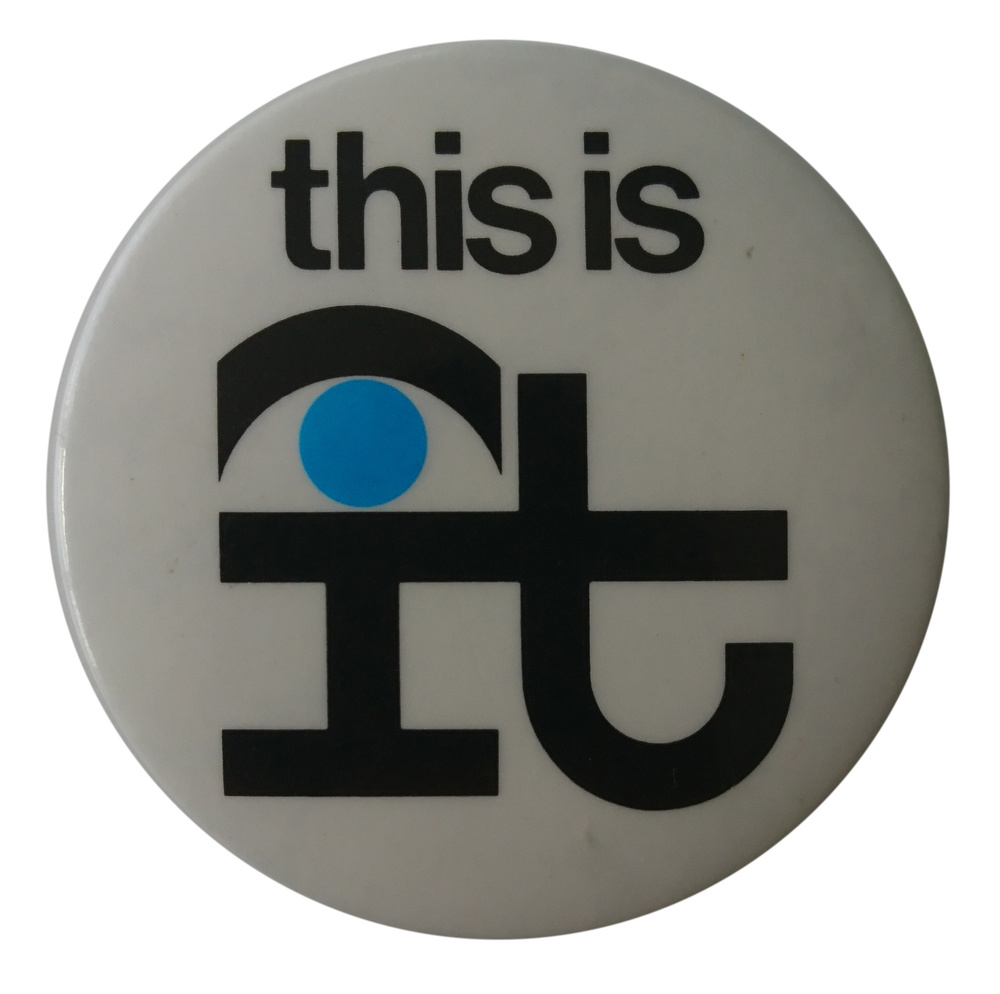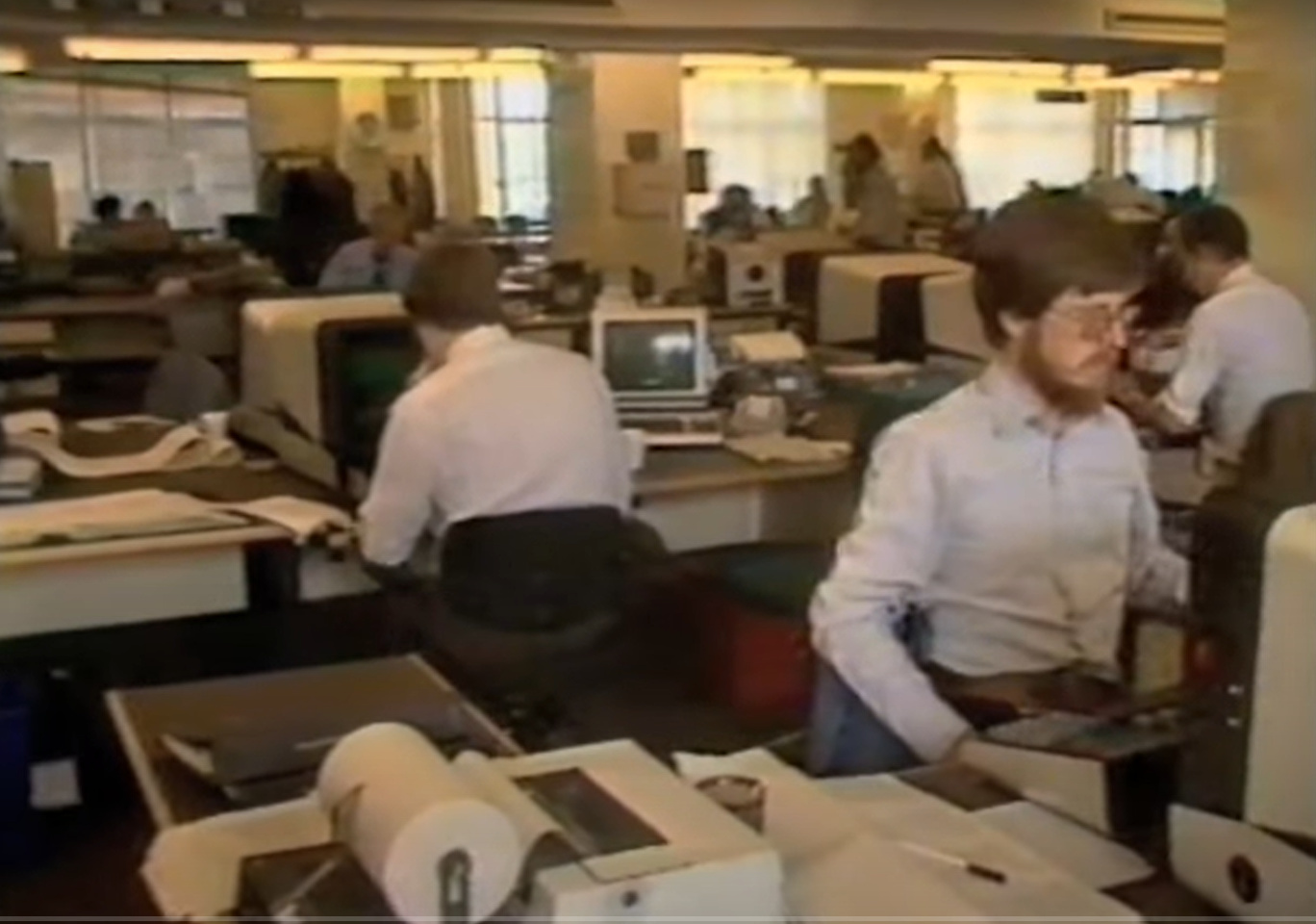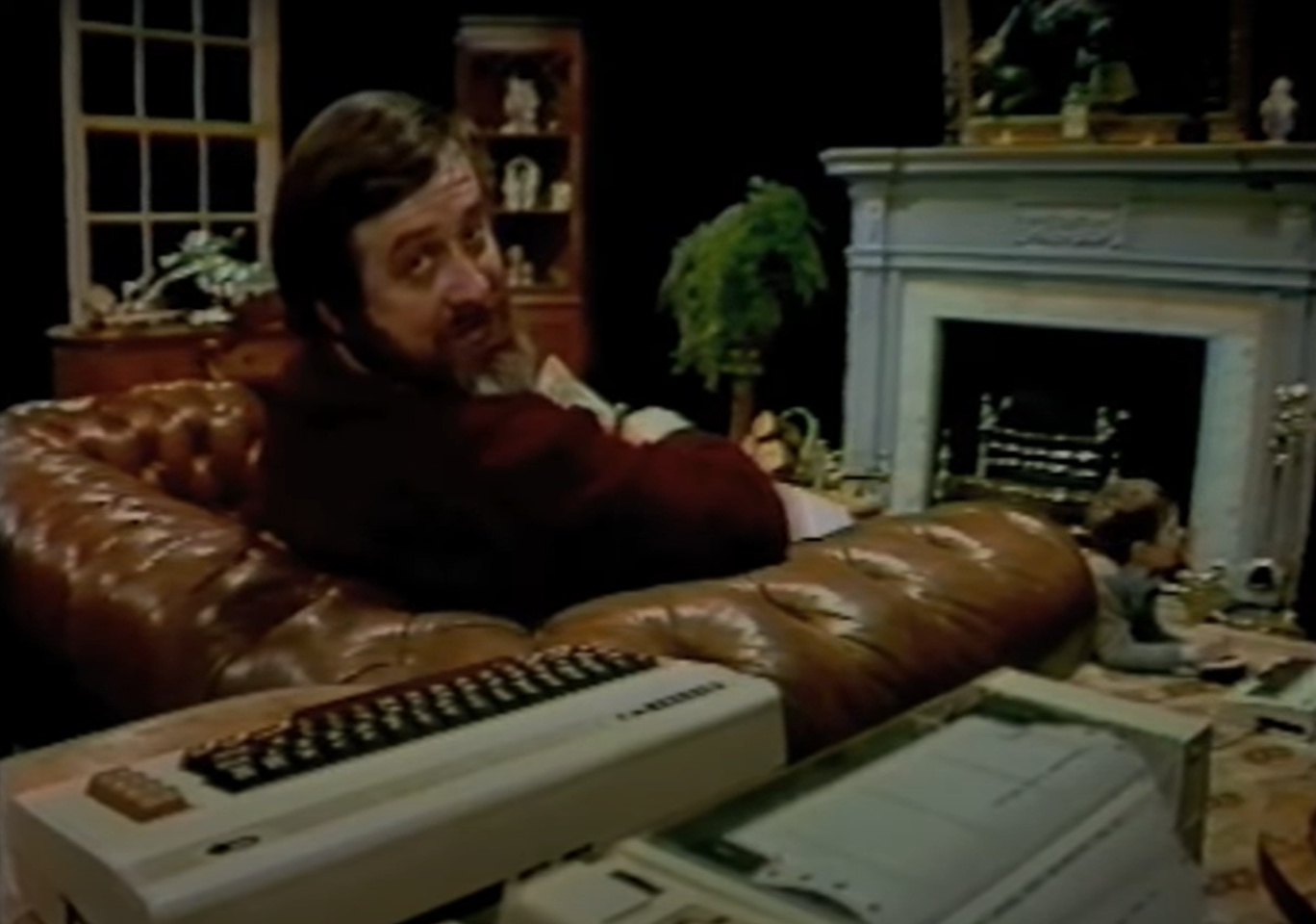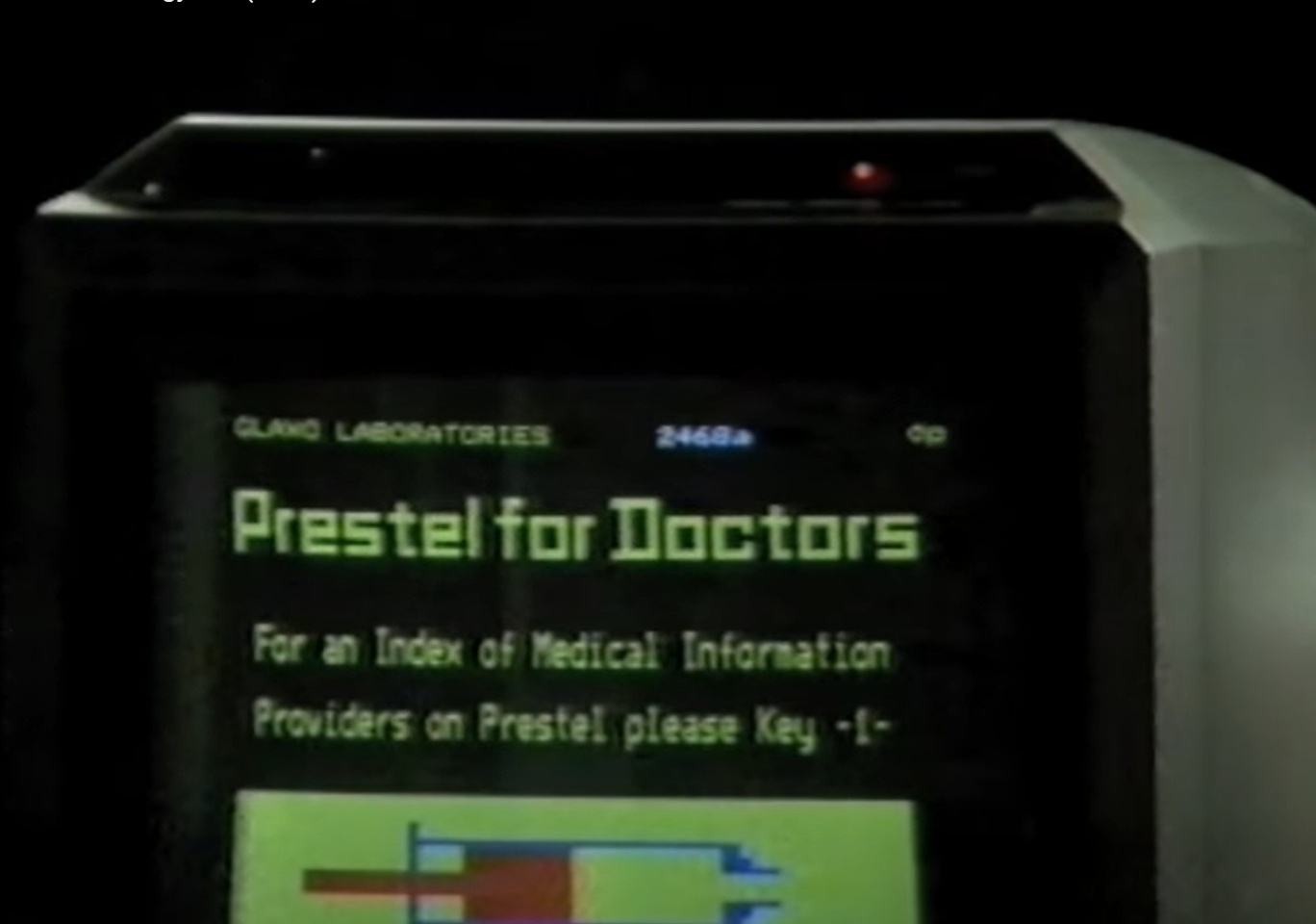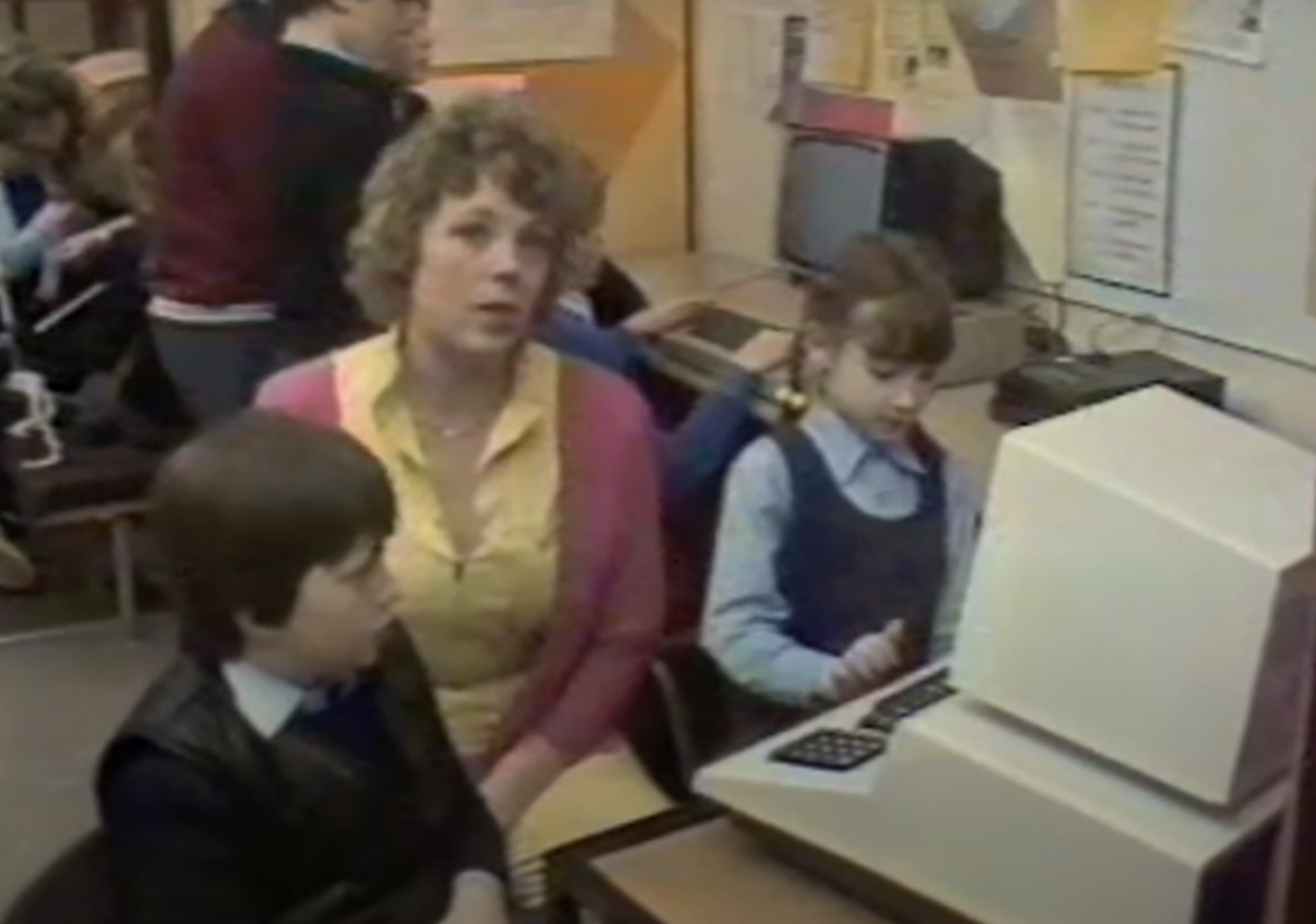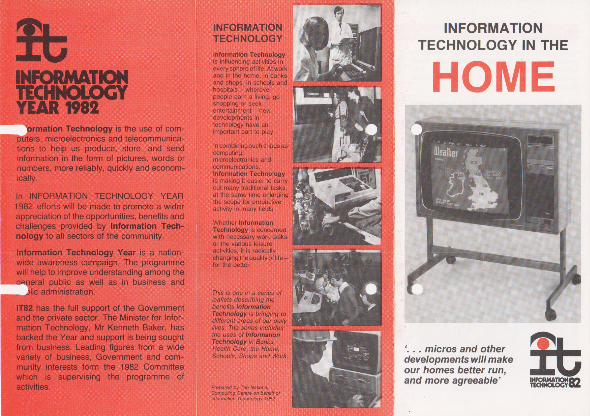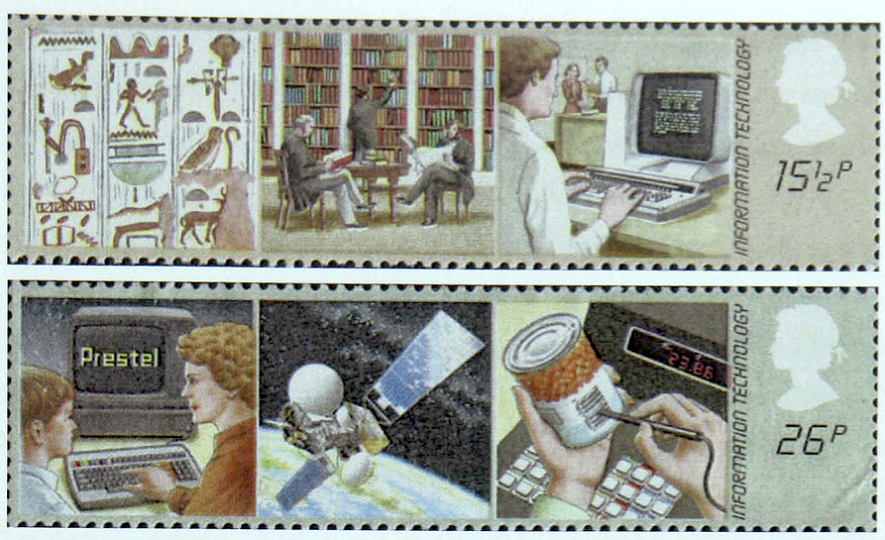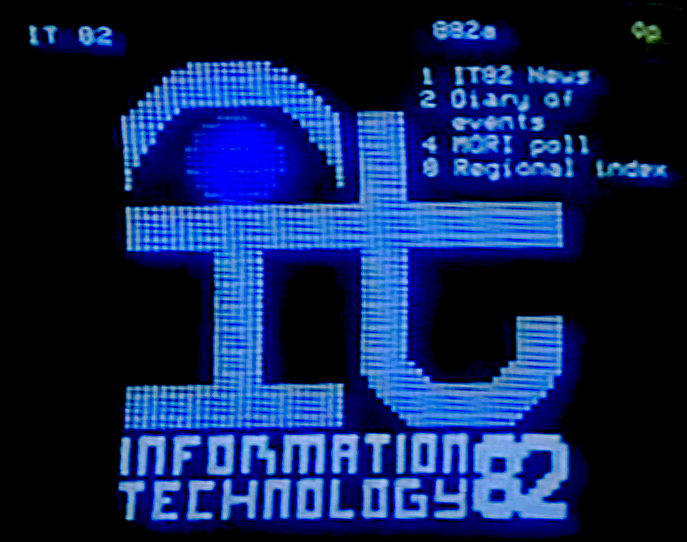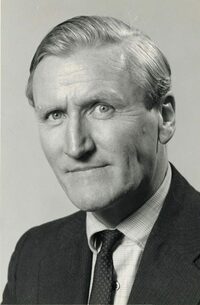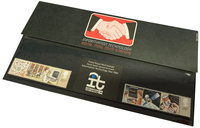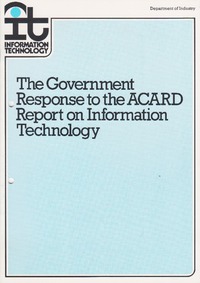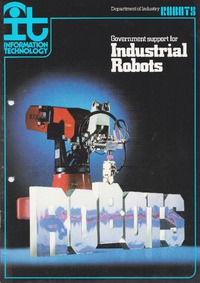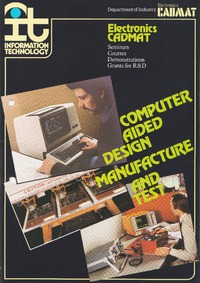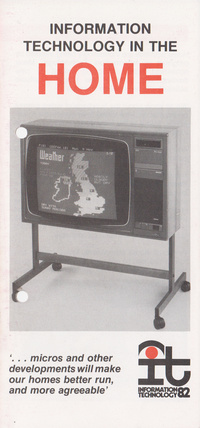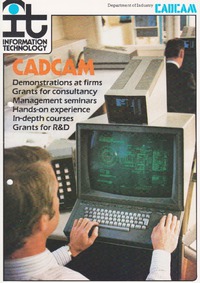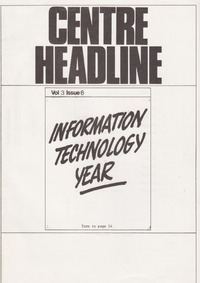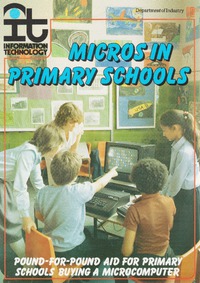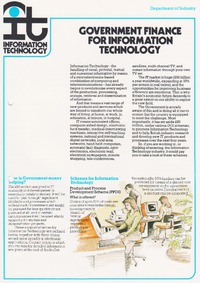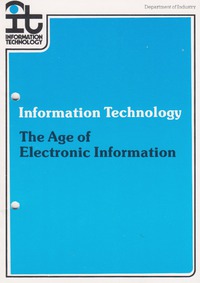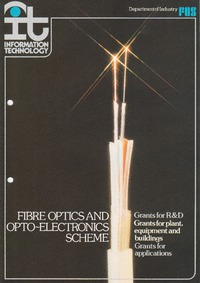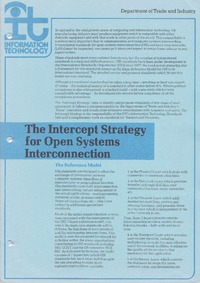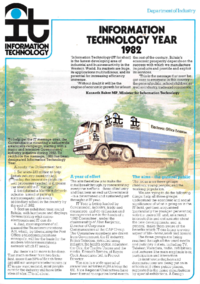Information Technology Year 1982In 1978 the BBC had aired an episode of its documentary series 'Horizon' called 'Now the Chips are Down', which highlighted the importance and influence of microprocessors within the British economy. The programme stirred considerable interest and lead to the British Broadcasting Corporation launching the BBC Computer Literacy Project. However, in the early 1980s, still fewer than 20% of the population had heard of Information Technology (IT), and most British firms were not using microelectronics or Information Technology in any way. Recognising the huge potential of IT to transform almost every part of society, including business, health, and education, the British government joined the drive to make the whole country aware of these benefits. 1982 was therefore proclaimed “Information Technology Year”, and the government launched a £3.75m initiative called IT82. It was funded with both private sector and government money. IT82 consisted of a series of events around the United Kingdom, short informative videos, and literature with the aim of providing all sectors of the community with a wider appreciation of the opportunities and benefits provided by information technology. EventsOne of the main activities during IT82 was to take stands at major exhibitions. These stands would engage exhibition visitors and provide information about how IT affects the individual in various aspects of life, including school, work, home, shop, banking, and healthcare. The first exhibition with an IT82 presence was the Which Computer? Show, held on the 19–22 January 1982 at the National Exhibition Centre in Birmingham, UK. Pin badges were handed out to help stimulate interest: Also at the Which Computer? Show was the first appearance of new mobile exhibition units demonstrating the office of the future. In total, six of these mobile exhibition units were produced and managed by the National Computing Centre in Manchester. They toured the country visiting schools, polytechnics, and local Chambers of Commerce showcasing the very latest in electronic office and communication equipment. The Department of Industry also took stands at a number of exhibitions during IT82. These displays highlighted applications of IT in Government and gave details of sponsorship schemes in areas such as IT, CADCAM, and robotics. Government sponsorship in these areas amounted to around 80 million over the following four years. The Science Museum held a special summer event called “This is IT” to demonstrate Information Technology. The image (left), shows newspaper listings information about the Science Museum “This is IT” exhibition, from Illustrated London News, Tuesday 1st June 1982 In May 1982, the Design Council put on an exhibition called "Inside Information". Initially in London, the exhibition toured other regions of the UK later in the year. In London, the exhibition was held at the Design Centre in Haymarket, London, and ran from 18 May 1982 to 26 June 1982. Below is an image of Design Council Information Technology exhibition. The British Medical Association (BMA) ran a competition rewarding innovative uses of IT in healthcare. Information technology centres were set up to provide computer training with many courses aimed at young people. Summer camps we also set up specifically to help engage with children.
VideosAs part of the IT82 initiative, several informative video programmes were commissioned. These programmes discuss the varied roles that experts of the day thought that computers could play in society. They were presented by Tom Vernon and Griselda Cann. The IT82 videos included the following:
LeafletsAs part of the nationwide awareness programme, a series of leaflets were produced. These aimed to provide the general public with an overview of the benefits that Information Technology could bring to a wide range of environments. The leaflets produced for IT82 included the following: • Information Technology in the Home
Commemorative stampsTo commemorate Information Technology Year the Post Office released two stamps and a set of first day covers in September 1982. With values of 26p and 15.5p, the stamps featured imagery associated with the history and future of Information Technology. These images were: a piece of papyrus with Egyptian hieroglyphics, a book library, a computer, a Prestel terminal, a communications satellite, and bar codes. The Royal Mint also produced a presentation folder containing the stamps: • Information Technology 82 - Stamps
PrestelIn 1982, there was no World Wide Web to allow people to access information from their homes. Instead, Prestel was a system run by the Post Office that allowed people to access a public database of information from a dedicated terminal or home computer. A number of pages on Prestel were used to promote IT82 and provide information about the various activities. Prestel page 8822 provided information about the Micro in Schools scheme and the new IT centres, and Prestel page 204 gave details of sponsorship schemes in areas such as IT, CADCAM, and robotics.
Organization and key peopleThe Prime Minister in 1982 was Margaret Thatcher. With a background in science and an interest in helping British businesses compete on the global stage, Mrs Thatcher was a keen supporter of IT82. On a visit to Japan during 1982, Mrs Thatcher presented Japan’s Prime Minister with a Sinclair ZX Spectrum. Kenneth Baker was the first ever Minister of State for Information and Technology, and the only government minister for IT in the world in 1982. Appointed in January 1981, Mr Baker had overall responsibility for IT82. The IT82 Committee decided policy and planning for Information Technology Year. The committee included representatives from business, media, education, health, and Government under the leadership of chairman Alan Benjamen. As well as the main IT82 Committee, there were also nine regional committees which looked after IT events in their individual areas. For example, the IT82 East Midlands Committee arranged for the science broadcaster Dr Magnus Pyke to launch Information Technology Year in the East Midlands with a speech to an audience from local industry, commerce and private and public administration. You can read a contemporary news report of the event from The Bramley: Dr. Magnus Pyke Launches IT82. Left: Dr. Magnus Pyke launching IT82 in the East Midlands.
LegacyThe final event under the banner of IT82 programme of events under the IT82 banner was an IT conference held at the Barbican Centre, London on 8 December 1982. In this speech, the Prime Minister gave her assessment of the impact of IT82:
IT82 led to the Alvey Programme, a British government sponsored research programme in information technology that ran from 1983 to 1987, worth £350m. 1982 saw a dramatic increase in the number of computers being bought and used in Britain. 600 microcomputers were delivered across Whitehall that year, including a computer in Number 10 for the first time. In 1982 between 750,000 and 1,140,000 home microcomputers were sold in Britain according to market researchers Mintel, at least four times the total number of computers in British homes previously. Today, Information Technology is vital to almost every aspect of our everyday lives. In 1980s Britain, IT82 certainly helped spread the word about an emerging technology that was soon to explode in importance.
Related Items in the Collection:This web page has a reference ID of CH49343. Please quote this reference ID in any communication with the Centre for Computing History.
|

